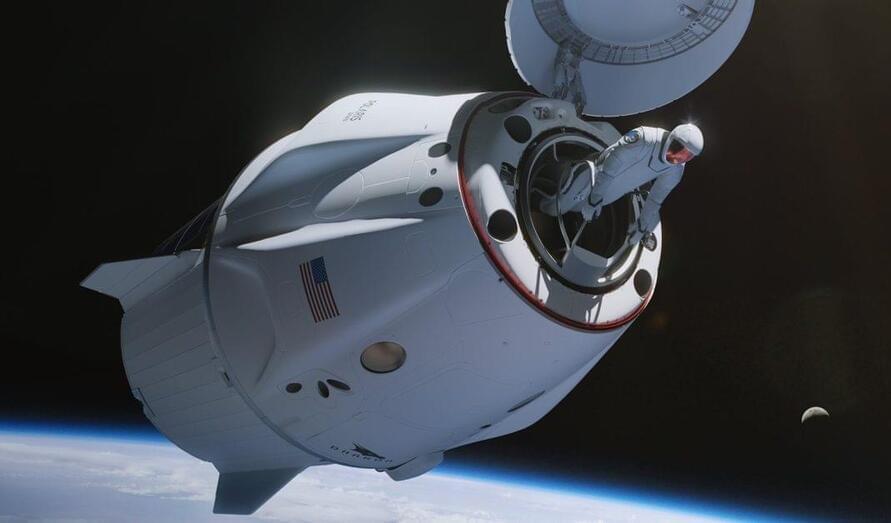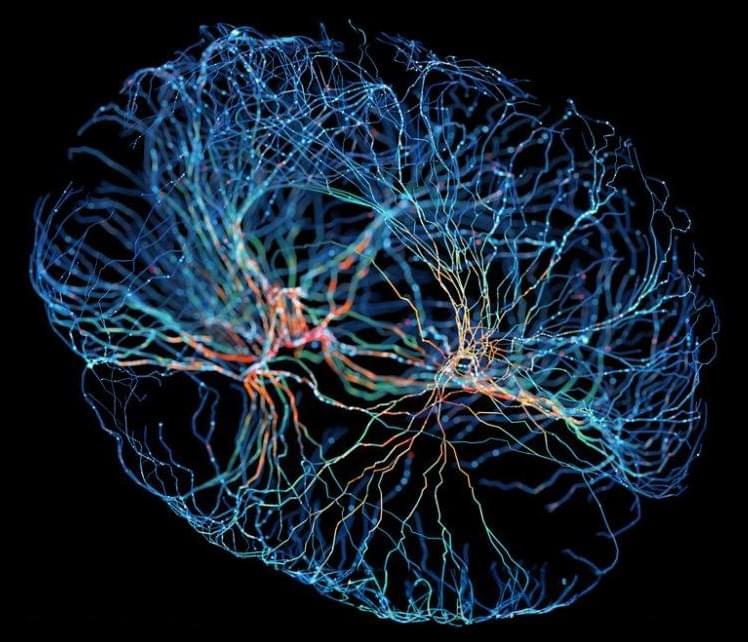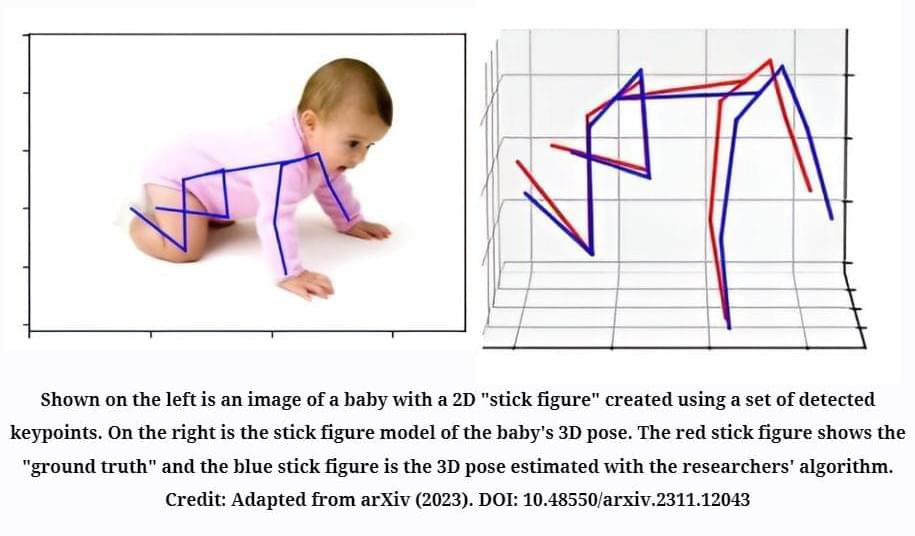Things are slowly falling into place for the Polaris Program’s first mission, Polaris Dawn. The mission is nearing milestones that might finally give it a launch date that will actually hold.
Polaris Dawn, a private mission being paid for by Shift4 CEO Jared Issacman, who also paid for and flew on Inspiration4 in 2021. The goal of the mission is to fly higher than any human spaceflight since Apollo, perform the first private spacewalk, and conduct numerous science experiments in orbit.
Like Inspiration4, Polaris is partnering with SpaceX to complete this. Currently, SpaceX is the only company capable of this sort of feat. To do so, the company has modified its Dragon spacecraft to support spacewalk operations and develop an upgraded spacesuit to be used in the vacuum of space.







